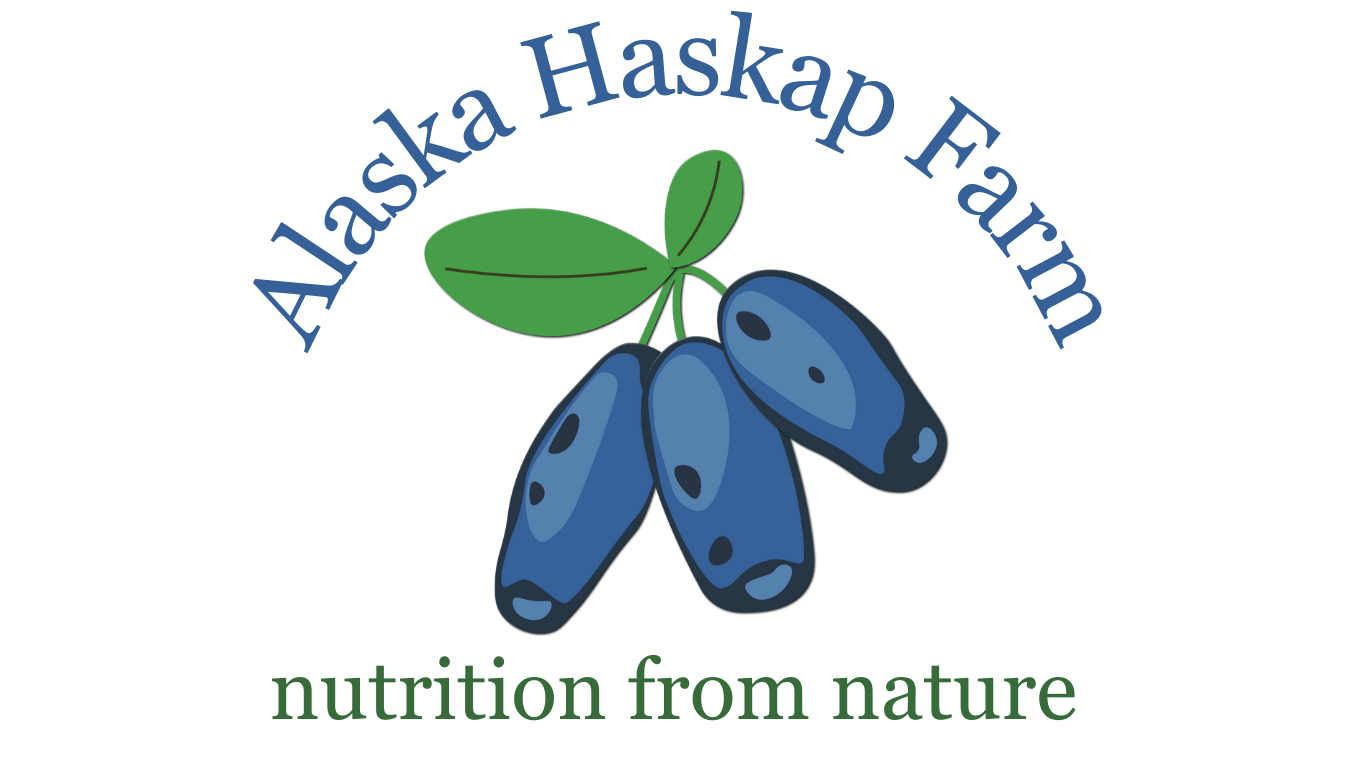
The History and Future of Haskap Berries
Haskap berries are ripe with both flavor and history. Haskaps are native to the northern boreal forests in Asia, Europe and North America. Their name, history and cultivation can be traced back hundreds of years to the indigenous Ainu people on Hokkaido Island in Japan. There, this beautiful purple-blue berry has been called the ‘elixir of life’ and treasured over centuries for its health benefits.
In the 1950s, innovative scientists in the Soviet Union embarked on a mission to enhance the already impressive nutritional profile of Haskap berries. Through strategic cross-pollination, they developed robust varieties that not only thrived in more tempered climates but also yielded even more nutrient-dense fruits. This marked the dawn of a new era for the humble Haskap, with tastier and healthier cultivars emerging from their groundbreaking work.
Photo of Hokkaido
Haskap translates to:
‘Berry of Long Life and Good Vision’

Haskaps Evolution to the Present
The journey of bringing Haskap berries to North America was spearheaded by dedicated researchers like Dr. Maxine Thompson from Oregon State University and Dr. Bob Bors from the University of Saskatchewan-Saskatoon in the 1990s. Dr. Thompson initiated breeding projects adapted to the Oregon climate using Japanese seeds, while Dr. Bors focused on acquiring Russian/Siberian cultivars to further enhance breeding efforts.
As these passionate experts collaborated and exchanged valuable plant materials, the cultivation and popularity of Haskap berries began to flourish, leading to a broader appreciation for these unique and nutritious super berries.
As word spread about the exceptional properties of this superfruit, researchers worldwide joined the quest to unlock its full potential. Today, numerous organizations and research institutions are dedicated to cultivating diverse Haskap species in their local regions, ensuring that these extraordinary berries find their way into kitchens globally.
This is great news for both growers and consumers! Haskap berries are clearly a vital addition to our increasingly nutrient depleted food system. They also present a unique opportunity for farmers to have a regenerative, superfood farm crop that easily supports Organic and Permaculture practices. The demand for delicious and nutritious food in our diets is increasing daily, let’s all grow and eat Haskaps!

The Ongoing Canadian Haskap Success Story
In a remarkable tale of dedication and collaboration, the Canadian Haskap breeding program first took root with approximately 3,600 seedlings. Year after year, an additional 4,000 to 5,000 seedlings were meticulously added to the program. In 2007, two named cultivars and three numbered selections were bestowed upon Canadian propagators enabling another important step toward the Haskaps evolution.
Fast forward to 2010 when pivotal trade agreements allowed propagators to offer these coveted plants to enthusiastic growers across Canada and the United States. The relentless pursuit of excellence didn't stop there. The tireless efforts continued with a focus on refining advanced selections and identifying premium pollinizers.
Today, it's no exaggeration to suggest that millions of Haskap berries are finding their home in the soil of Canada’s Prairie Provinces. Dr. Bors, alongside the esteemed University of Saskatchewan-Saskatoon horticulture department, has been forging partnerships with Japanese businesses. This collaboration aims not only to enhance the fruit but also to cultivate a strong bond between Japanese processors and Canadian growers.
In Japan, the Haskap berry is revered for its traditional roots, healthful properties, and undeniable desirability. However, the landscape is shifting, as dwindling farmers and shrinking land parcels lead to a gradual decrease in Haskap cultivation each passing year. Together, through shared knowledge and unwavering determination, these nations are scriptings a new chapter in the illustrious saga of the Haskap berry.
At Alaska Haskap Farm we are proud to join our global Haskap friends by sharing the wonders of this super berry and bringing its goodness right into your kitchens and daily life.
Begin your journey of Haskap discovery and personal wellness with our Haskap berry powder!


